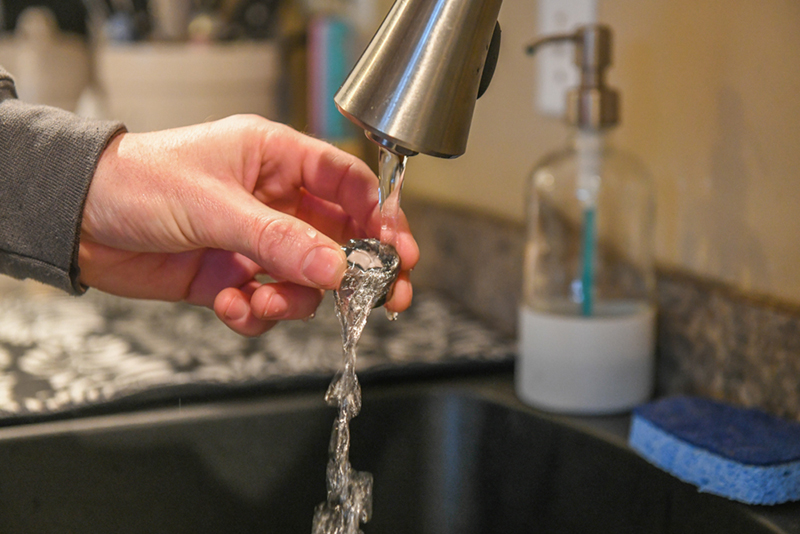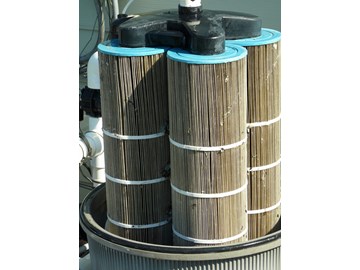If your kitchen sink faucet is not working, the first thing you should do is check the water supply valve. This valve controls the flow of water to your faucet, and if it is closed or partially closed, it could be the reason why your faucet is not working. Make sure the valve is fully open to allow water to flow freely to your faucet.1. Check the water supply valve
The aerator is a small mesh screen at the end of your faucet that helps to control the water flow. Over time, minerals and debris can build up in the aerator, causing it to clog and restrict water flow. To fix this, unscrew the aerator from the faucet and clean it with a mixture of water and vinegar. This should remove any buildup and help restore water flow.2. Clean the aerator
The cartridge is a small valve inside your faucet that controls the flow of water. If the cartridge becomes worn or damaged, it can cause your faucet to stop working. To replace the cartridge, you will need to turn off the water supply, unscrew the handle and remove the old cartridge. Then, insert the new cartridge and reassemble the faucet.3. Replace the cartridge
If the above steps do not fix the issue, the problem could be a clog in the faucet itself. To check for clogs, you will need to turn off the water supply and disassemble the faucet. Check for any debris or buildup that could be blocking the water flow and clean it out. Reassemble the faucet and turn the water supply back on to see if it has fixed the issue.4. Check for clogs in the faucet
The handle and connections of your faucet can also be a source of the problem. Check to see if the handle is loose or if any connections are damaged or worn. If so, tighten the handle or replace any damaged parts to see if it resolves the issue.5. Inspect the handle and connections
If you notice any loose parts in your faucet, such as the handle or connections, it is important to tighten them. Loose parts can cause leaks and disrupt the water flow, so making sure everything is secure can help fix the issue.6. Tighten any loose parts
The O-ring is a small rubber ring that helps to create a watertight seal in your faucet. If the O-ring becomes worn or damaged, it can cause leaks and affect the water flow. To replace the O-ring, you will need to turn off the water supply, disassemble the faucet, and remove the old O-ring. Then, insert the new O-ring and reassemble the faucet.7. Replace the O-ring
If your kitchen sink faucet has separate hot and cold water supply lines, check them both to see if they are working properly. If only one of the lines is not working, the problem could be with that specific line and not the faucet itself. You may need to call a plumber to inspect and fix any issues with the supply lines.8. Check the hot and cold water supply lines
If none of the above steps have resolved the issue, it may be time to replace your entire faucet. Over time, faucets can become worn and damaged, and replacing the entire unit may be the best solution. Make sure to choose a high-quality faucet that will last for years to come.9. Replace the entire faucet
If you are unable to fix your kitchen sink faucet on your own, it is best to call a professional plumber for assistance. They have the knowledge and tools to diagnose and fix any issues with your faucet, ensuring it is working properly and efficiently. In conclusion, there are several reasons why your kitchen sink faucet may not be working, from simple fixes like cleaning the aerator to more complex solutions like replacing the entire faucet. By following these tips and troubleshooting steps, you can get your faucet working again and avoid the inconvenience of a non-functioning kitchen sink.10. Call a plumber for professional assistance
Why Your Kitchen Sink Faucet Might Not Be Working

Possible Causes of a Malfunctioning Kitchen Sink Faucet
 If you've been experiencing issues with your kitchen sink faucet, you're not alone. This is a common problem that many homeowners encounter at some point. There are a few possible reasons why your kitchen sink faucet isn't working properly, and understanding these causes can help you troubleshoot and fix the issue quickly.
1. Clogged Aerator
One of the most common causes of a malfunctioning kitchen sink faucet is a clogged aerator. The aerator is the screen at the end of the faucet that mixes air with the water to create a steady, even flow. Over time, mineral deposits and debris can build up in the aerator, obstructing the flow of water. This can cause your faucet to sputter, spray unevenly, or stop working altogether.
2. Loose or Damaged Parts
Another possible cause of a malfunctioning faucet is loose or damaged parts. Over time, the constant use of your faucet can cause the nuts, bolts, and other components to become loose. This can affect the overall functionality of the faucet and lead to leaks or a complete malfunction. Additionally, if any of the parts are damaged, such as the valve or cartridge, this can also cause your faucet to stop working.
3. Water Pressure Issues
If your faucet is not receiving enough water pressure, it may not work properly. This can be caused by a variety of issues, such as a clogged water line, a malfunctioning pressure regulator, or a problem with the main water supply. If your faucet is only experiencing low water pressure in the kitchen, it could be a sign of a clogged aerator or a damaged part.
If you've been experiencing issues with your kitchen sink faucet, you're not alone. This is a common problem that many homeowners encounter at some point. There are a few possible reasons why your kitchen sink faucet isn't working properly, and understanding these causes can help you troubleshoot and fix the issue quickly.
1. Clogged Aerator
One of the most common causes of a malfunctioning kitchen sink faucet is a clogged aerator. The aerator is the screen at the end of the faucet that mixes air with the water to create a steady, even flow. Over time, mineral deposits and debris can build up in the aerator, obstructing the flow of water. This can cause your faucet to sputter, spray unevenly, or stop working altogether.
2. Loose or Damaged Parts
Another possible cause of a malfunctioning faucet is loose or damaged parts. Over time, the constant use of your faucet can cause the nuts, bolts, and other components to become loose. This can affect the overall functionality of the faucet and lead to leaks or a complete malfunction. Additionally, if any of the parts are damaged, such as the valve or cartridge, this can also cause your faucet to stop working.
3. Water Pressure Issues
If your faucet is not receiving enough water pressure, it may not work properly. This can be caused by a variety of issues, such as a clogged water line, a malfunctioning pressure regulator, or a problem with the main water supply. If your faucet is only experiencing low water pressure in the kitchen, it could be a sign of a clogged aerator or a damaged part.
How to Fix a Malfunctioning Kitchen Sink Faucet
 The good news is that most issues with a kitchen sink faucet can be easily fixed without the need for a professional plumber. Here are some steps you can take to troubleshoot and fix the problem:
1. Clean the Aerator
If you suspect that a clogged aerator is the cause of your faucet issues, try cleaning it first. Simply unscrew the aerator from the end of the faucet and soak it in a solution of equal parts water and vinegar for a few hours. Then, use a toothbrush to gently scrub away any deposits and rinse the aerator thoroughly before screwing it back onto the faucet.
2. Tighten Loose Parts
If you notice that any parts of your faucet are loose, use a wrench to tighten them. This may be enough to fix the issue and restore proper functionality to your faucet.
3. Replace Damaged Parts
If any parts of your faucet are damaged beyond repair, you will need to replace them. You can purchase replacement parts at your local hardware store or online. Just be sure to follow the manufacturer's instructions for installation.
The good news is that most issues with a kitchen sink faucet can be easily fixed without the need for a professional plumber. Here are some steps you can take to troubleshoot and fix the problem:
1. Clean the Aerator
If you suspect that a clogged aerator is the cause of your faucet issues, try cleaning it first. Simply unscrew the aerator from the end of the faucet and soak it in a solution of equal parts water and vinegar for a few hours. Then, use a toothbrush to gently scrub away any deposits and rinse the aerator thoroughly before screwing it back onto the faucet.
2. Tighten Loose Parts
If you notice that any parts of your faucet are loose, use a wrench to tighten them. This may be enough to fix the issue and restore proper functionality to your faucet.
3. Replace Damaged Parts
If any parts of your faucet are damaged beyond repair, you will need to replace them. You can purchase replacement parts at your local hardware store or online. Just be sure to follow the manufacturer's instructions for installation.
When to Call a Professional
 If you've tried the above steps and your kitchen sink faucet still isn't working, it may be time to call a professional plumber. They have the expertise and tools to diagnose and fix more complex issues with your faucet. Additionally, if you're uncomfortable attempting to fix the problem yourself, it's always best to leave it to the professionals.
In conclusion, a malfunctioning kitchen sink faucet can be a frustrating and inconvenient problem to deal with. However, by understanding the possible causes and taking the appropriate steps to fix them, you can have your faucet working like new again in no time. Remember to regularly clean and maintain your faucet to prevent future issues, and don't hesitate to call a professional if you're unsure of how to fix the problem yourself.
If you've tried the above steps and your kitchen sink faucet still isn't working, it may be time to call a professional plumber. They have the expertise and tools to diagnose and fix more complex issues with your faucet. Additionally, if you're uncomfortable attempting to fix the problem yourself, it's always best to leave it to the professionals.
In conclusion, a malfunctioning kitchen sink faucet can be a frustrating and inconvenient problem to deal with. However, by understanding the possible causes and taking the appropriate steps to fix them, you can have your faucet working like new again in no time. Remember to regularly clean and maintain your faucet to prevent future issues, and don't hesitate to call a professional if you're unsure of how to fix the problem yourself.





:max_bytes(150000):strip_icc()/GettyImages-1057621140-78ab2e946841421d9a7efeebe02935d2.jpg)
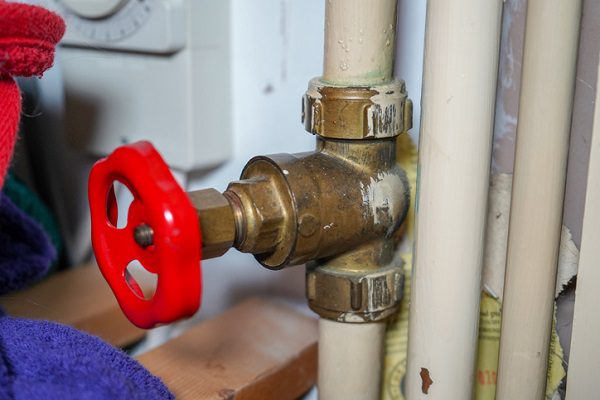

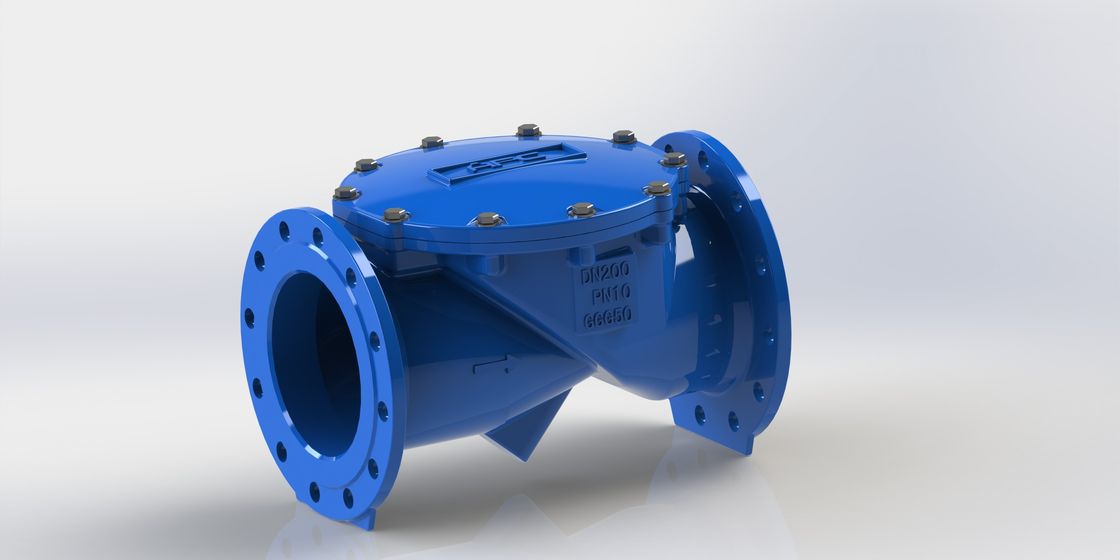



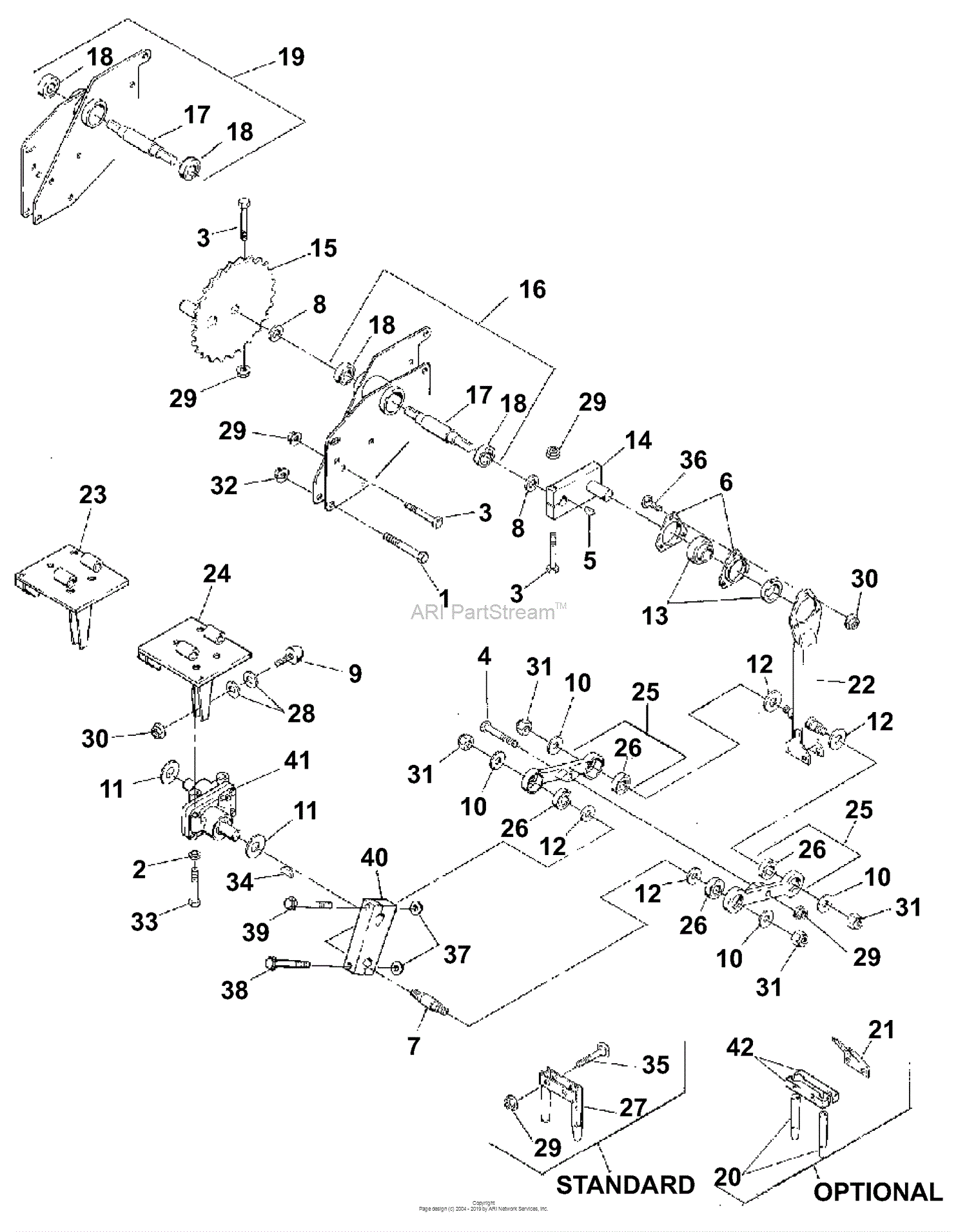






:max_bytes(150000):strip_icc()/clearing-a-blocked-faucet-aerator-2718807-07-b5a90554991f4bb69efb45a472df7f23.jpg)

